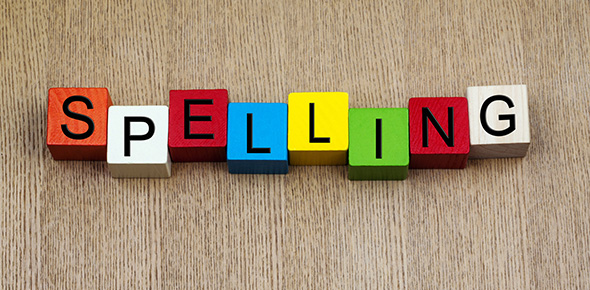When it comes to dyslexia, it is always better to focus on polishing the reading skills as early as possible. It is important to consult a paediatrician on suspecting signs of dyslexia. Intervention at an early stage and the right form of treatment go a long way in helping your child overcome any obstacles in his reading. Be proactive and immediately start incorporating baby steps towards your child’s development and confidence.
There are screening tests available like the Shaywitz DyslexiaScreen that can be conducted by a teacher in kindergarten or first class. It helps parents detect Dyslexia at an early stage and act accordingly. Dyslexic children do learn to read, but they take some time. So, parents and teachers should not give up on them. The support and patience of an adult is something that helps them throughout.
Here are some tips to help a dyslexic child become an avid reader one day:
Practice
Make your child read every day. Make it a bed time ritual. The more they practice, the stronger the brain neural circuits related to reading become. Encourage your child to read a simple book aloud to you. This will improve their accuracy and confidence in speaking. With time, it will be easier for your child to read easy words from their memory and they would try to decode new words. It takes time and patience, but it is all worth the effort in the long term.
New Words
Find opportunities to introduce your child to as many new words as possible. The higher the number of words in your child’s memory, the better he will get at reading. Here are some things that can help you in adding words to your child’s vocabulary:
- Listening to children’s audio books
- Watching documentaries together
- Reading to your child
- Keeping a word journal
- Playing word games like Pictionary.
Point out new words to your child and encourage them to speak it aloud.
Syllabication
Syllabication refers to breaking big words into smaller chunks called syllables while reading. Consult your child’s teacher for relevant teaching material. You can also do some research on the internet regarding syllabication rules. With time, your child will become better at tackling long words and sentences by breaking them down into readable portions.
Plan B
Encourage your child to have a backup plan just in case he cannot remember a word. If he can’t remember a long word, he should confidently replace it with a smaller word. Encourage him to use web-based dictionaries to work on pronunciation skills and learn a variety of words that he can use as replacements in case of occasional memory loss.
Extra Care And Attention
Dyslexic kids should be given headphones in the class so that they can read without distractions. During tests, they should be given extra time. They should be encouraged to write journals, send emails, have a study buddy to sit with in class etc. These extra gestures and activities will have a phenomenal effect on making them better at both reading and writing.
See-N-Read Reading Tools can help to increase your child’s reading skills and combat dyslexia. To know more about the reading tools and their benefits, call at (630) 236 – 5592.



